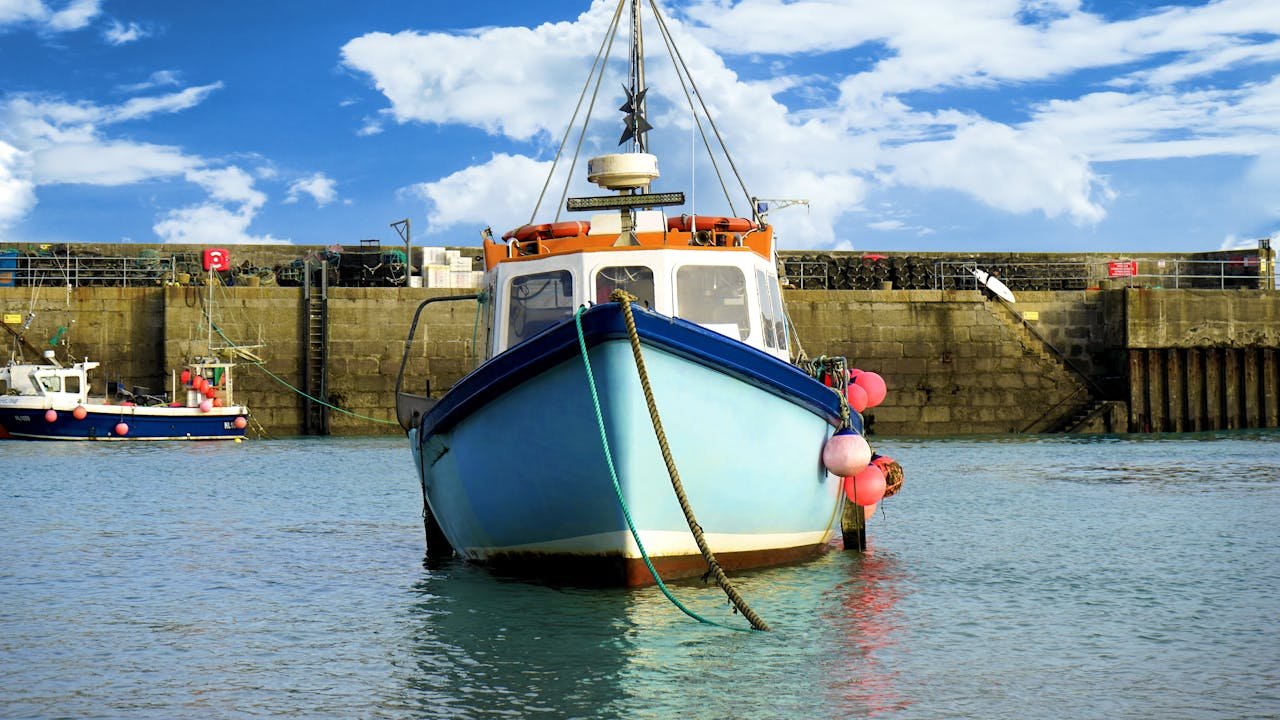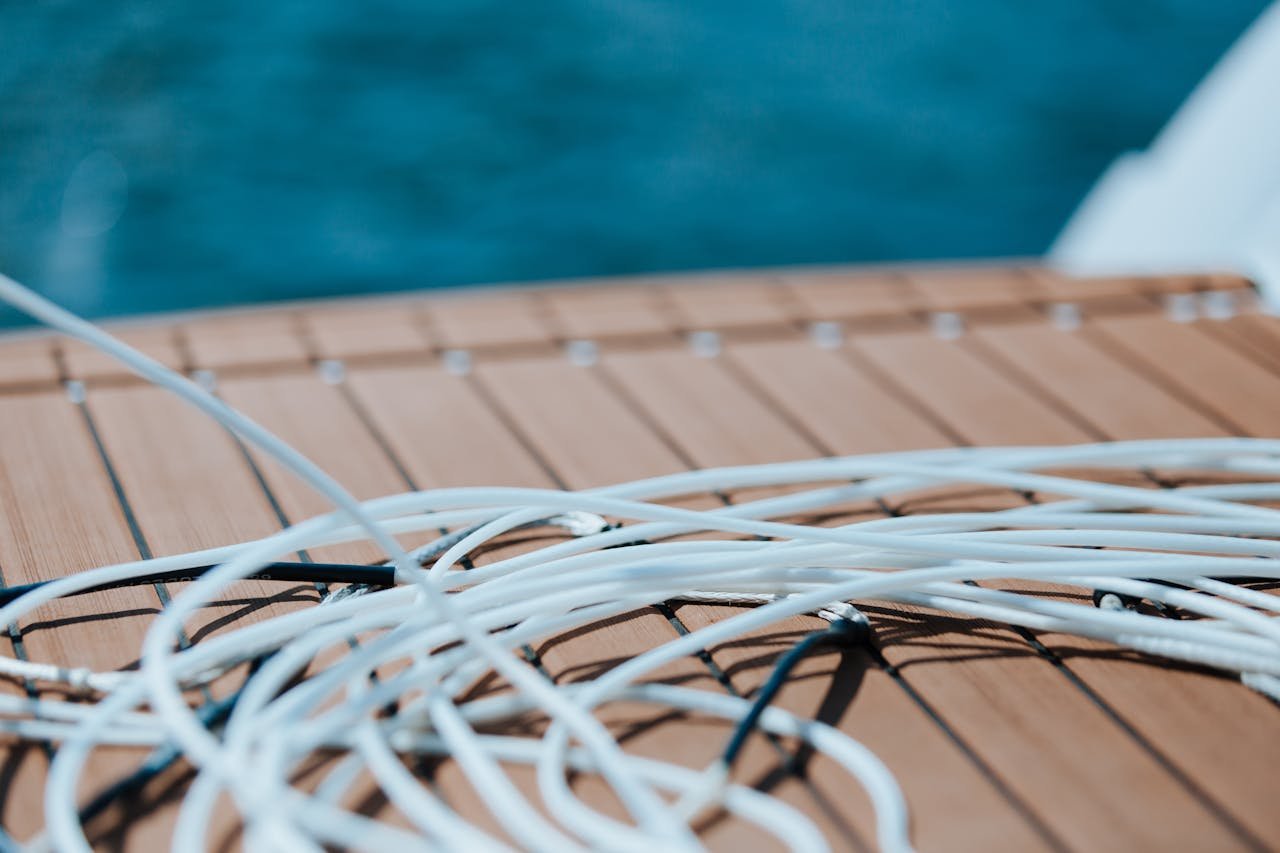Part 1: Beginner’s Basic Starter Gear (Seven-Star Float Fishing)
Target: Wild river fishing for 1–5 liang (50–250g) bottom-dwelling crucian carp and carp in rivers 2–20 meters wide.
Gear List & Costs (prices for third-tier city tackle shops; cheaper in towns or on Taobao):
Essential Gear
- Fishing Rod
- Length: 3.6m, 4.5m, or 5.4m (shortest for narrow rivers, longest for wider waters).
- Type: Cheapest entry-level telescopic rod (suitable for beginners).
- Cost: $3–$7 in stores; $1.5–$4.5 on Pinduoduo.
- Tip: Prioritize lightweight and durability over brand.
- Seven-Star Float Line Set with Hook
- Type: Pre-assembled set with upward-facing hook or lead-weighted hook.
- Specification: Tell the shop owner you’re targeting 1–5 liang crucian carp; they’ll recommend 0.8–1.2 main line with 0.4–0.8 sub-line and size 4–6 hooks.
- Cost: $0.5–$0.7 per set; buy 3–5 sets ($1.5–$3.5 total) for replacements when snagged.
- Tip: Avoid DIY main/sub lines—pre-assembled sets save time and confusion.
Optional Gear
- Fishing Stool
- Use: Portable folding stool for comfort.
- Cost: $1.5–$3.
- Alternative: Bring a household stool or sit on rocks if the riverbank is suitable.
- Earthworms
- Quantity: 1 packet (30–50 worms, $0.3–$0.5).
- Tip: Don’t buy extra—ask nearby anglers for worms (offer a cigarette as a courtesy).
- Bait (for Nesting)
- Type: Rice wine-medicated millet.
- Cost: $0.7–$1.5 per bottle (sufficient for 10+ uses).
- Alternative: Borrow from experienced anglers (offer a cigarette or polite request).
- Nest Spoon
- Function: Precision bait placement.
- Cost: $0.7–$1.5.
- Alternative: Hand-throw millet (clench into a ball and aim for the spot).
- Small Bucket
- Use: Temporary fish storage.
- Cost: $0.7–$1.5.
- Alternative: Release fish back or give to others; no need for a fishing net initially.
- Extras to Avoid
- Skip powder baits, fish boxes, umbrellas, etc.—focus on simplicity.
Total Initial Cost: ~$5–$12 (essential gear only: rod + 3–5 line sets).
Part 2: Beginner’s Fishing Guide
Step 1: Choose a Crowded, Proven Fishing Spot
- Avoid: Untested waters or large lakes/reservoirs.
- Action: Arrive early at a popular river spot. Greet anglers with a cigarette and ask: “Excuse me, is there a good spot to fish here?” Many will share tips or nests.
Step 2: Set Up Your Gear
- Rig the Rod: Slide the pre-assembled seven-star float line set onto the rod. Space 5–7 floats 5–10cm apart.
- Test for Snags: Cast an unbaited hook. If stuck, move 50cm left/right.
- Bait the Nest:
- With nest spoon: Fill, cast, and flip to release bait.
- Hand-throw: Toss a tight millet ball to your target (within 1m accuracy).
- Tip: Create 2–3 nests within 2m for better chances.
Step 3: Wait for Bites (Patience is Key)
- Timing:
- Summer: 20–30 minutes after baiting.
- Winter: 1–2 hours (fish are less active).
- Activity: Observe others, chat, or relax to learn the environment.
Step 4: Adjust Floats and Start Fishing
- Float Adjustment: Ensure 2–3 floats are submerged, rest floating vertically.
- Baiting the Hook: Thread a live earthworm, leaving the tail moving.
- Casting: Gently lay the line into the nest, keep rod tip low.
Step 5: Recognize and Set the Hook
- Bite Signals:
- Crucian Carp: Floats dip or rise slowly (1–2 floats lifting).
- Carp: Floats sink or drag sideways.
- Hooking Technique: When 1–2 floats move, sweep the rod upward steadily (avoid jerking).
Step 6: Land the Fish and Learn
- Small Fish: Lift directly out of water.
- Larger Fish: Guide gently to shore—avoid pulling straight up.
- Post-Catch: Note time, nest location, and weather for future reference.
Bonus: Seven-Star Float Tuning Simplified
- Pre-Tune: Space floats 5–10cm apart before arriving.
- On-Site Adjustment:
- If all floats sink, shorten the line.
- If floats lie flat, add a tiny split shot above the hook.
- Goal: 2–3 floats submerged, 4–5 floating (hook rests on riverbed).
Final Tip: Stay relaxed and enjoy learning. Most anglers help beginners—leverage their experience!



